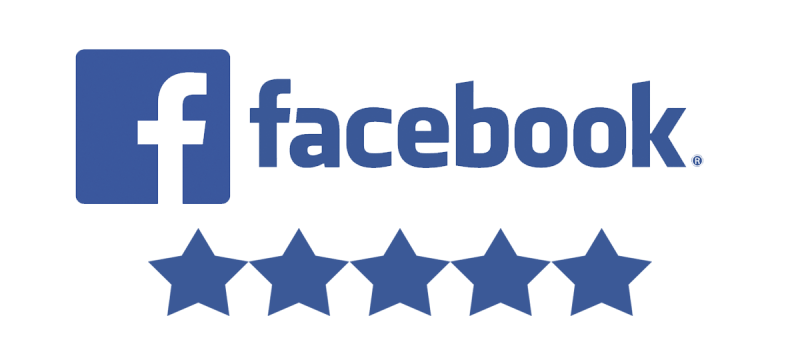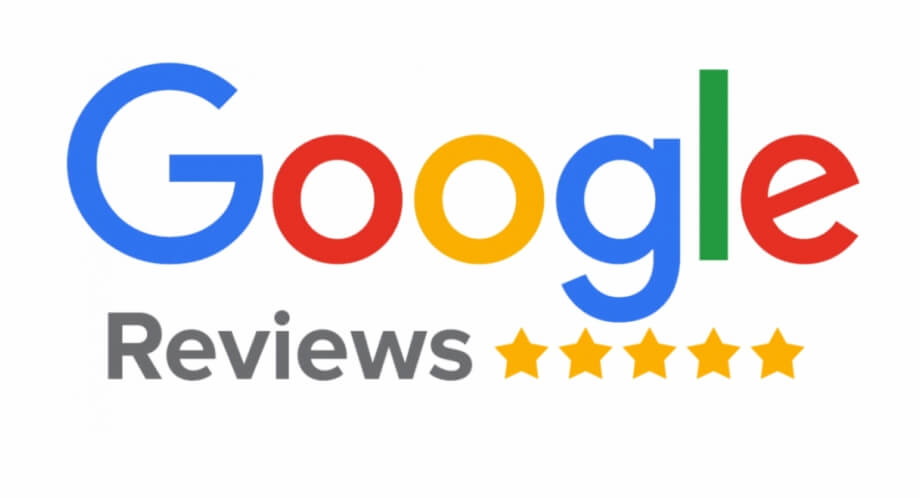LASIK is one of the most popular elective procedures you can undergo. It’s a minimally invasive vision correction procedure with a high success rate.
After correcting their vision, over 95% of patients achieve 20/20 vision or better. LASIK can be life-changing for anyone with a refractive error who has to rely on contact lenses or glasses if they qualify.
But there’s something even better than traditional LASIK surgery, and that’s topography-guided LASIK. To understand what topography-guided LASIK is, how it works, and why it’s superior to conventional LASIK methods, you must first understand how LASIK works.
Keep reading to learn more about LASIK and how topography-guided LASIK works!
Conventional LASIK Procedures

LASIK is a procedure designed to correct refractive errors by changing the shape of your cornea. Your cornea is the clear, frontmost part of your eye.
Light passes through your cornea and then refracts, bending to hit the right part of your eye at the correct angle. This is how you’re able to see.

When you have a refractive error, your cornea is shaped in a way that makes light refract imperfectly, resulting in blurry vision. If you’re nearsighted or farsighted, light doesn’t refract correctly when looking at something too far away or close to you.
If you have astigmatism, your vision is likely blurry at all distances. LASIK uses an excimer laser and a femtosecond laser to create a flap in the cornea and reshape tissue to correct your vision.
Creating the flap in the cornea gives your surgeon access to the cornea. After LASIK, they replace the flap. It acts as a natural bandage that protects your eye as it heals.
Creating a flap in the cornea makes LASIK an advanced laser vision correction procedure. LASIK is more advanced than earlier refractive laser vision correction procedures, allowing patients to see immediate visual improvement.
But topography-guided LASIK takes the original concepts of LASIK and improves on them further for a more evolved, precise procedure.
Topography Guided LASIK
A conventional LASIK procedure uses a femtosecond laser and an excimer laser programmed to remove the right amount of tissue in the right places using the patient’s refractive error as a guide. But topography-guided LASIK uses more advanced equipment to program the excimer laser.
This imaging equipment is called a topographer, and it creates a detailed topographic map of the patient’s eye. You may be familiar with the idea of topography.
In geography, topography maps varying elevations in a given area. A topographical map of the eye is essentially the same thing.
Like an area of land, your eye contains tiny mountains and valleys. The topographer uses 22,000 points of your cornea to make a detailed topographical map of your eye.
The excimer laser is programmed using this data to precisely remove tissue in the correct areas. Programming the laser with this data allows your LASIK surgeon to tailor each procedure to every patient’s needs and corneas.
Benefits of Topography-Guided LASIK
Topography-guided LASIK has several advantages over conventional LASIK procedures. Topography-guided LASIK is more precise, meaning fewer complications and potential risks occur during the procedure.
LASIK already has a very low rate of complications. However, topography-guided LASIK lowers this rate even further. Patients that undergo topography-guided LASIK significantly reduce the risk of postoperative visual aberrations like glare, halos, and light sensitivity.
The results from topography-guided LASIK are also even better than those seen with conventional LASIK procedures. Traditional forms of LASIK already came with an excellent success rate.
Higher Success Rates

Most patients have 20/20 vision or better after a traditional LASIK procedure. But topography-guided LASIK builds on this and has an even higher success rate. How is this possible?
A significant number of patients that undergo topography-guided LASIK achieve 20/15 vision. 20/20 vision is excellent, but 20/15 is even better.
20/20 is considered normal vision, meaning you can see things that are 20 feet away from what you should usually be able to see at a distance away from you. If you have 20/15 vision, you can see an object 20 feet away as clearly as someone with normal vision could see it if it were only 15 feet away.
Along with giving you better vision, topography-guided LASIK is also easier to recover from. There’s a lower risk for post-surgical side effects like dry eye, so recovery tends to be faster and more comfortable.
These patients have improved visual results and can enjoy their new vision even faster than those that undergo traditional LASIK procedures.
Who Should Get Topography-Guided LASIK?

Most people who make good LASIK candidates can have topography-guided LASIK. If you already qualify for LASIK, this will help you in your candidacy for topography-guided LASIK, like if you have a stable prescription, you’re at least 18 and you have thick enough corneas.
However, you can only have topography-guided LASIK if you’re nearsighted or have astigmatism. Topography-guided LASIK is not available for farsighted patients.
Patients that may benefit the most from topography-guided LASIK are those with astigmatism, as every case of astigmatism is unique in how it combines with the rest of your vision. Having a precise map of your eye can be very helpful in correcting refractive errors that include any degree of astigmatism.
But you can benefit from topography-guided LASIK even if you’re nearsighted. To learn more, schedule your LASIK consultation today at Herschel LASIK and Cataract Institute. It’s time to get your best vision ever!




